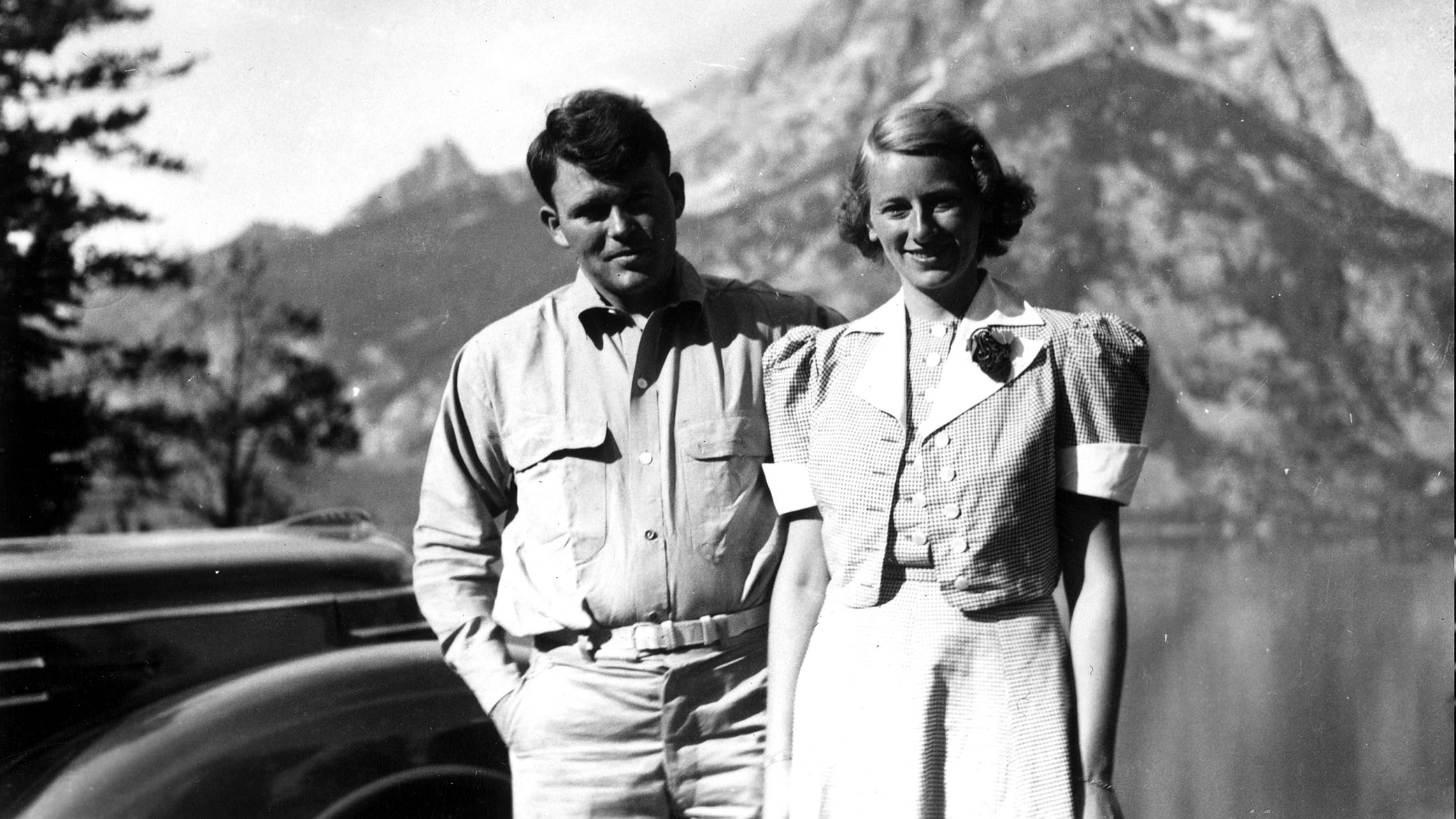The Hewlett Foundation Way

Soon after I arrived in Menlo Park, I realized that the people with whom we’d worked were part of a larger and remarkable team. The vice president at the time, Susan Bell, made it clear, in fact, that grantmaking and all that goes into it was—and is—a team sport. Our investments group, led at that time by Laurie Hoagland and now by Ana Marshall, manages the ups and downs of the endowment so we have the money to fulfill our commitments to grantees. Our finance team, led for many years by Susan Ketcham and now by Suresh Bhat, takes care of the numbers on the other side of the ledger, making sure we track what we spend on administrative expenses and grants; importantly, they’re the ones who cut the checks. Our Effective Philanthropy Group, with Fay Twersky at the helm, creates light-touch frameworks, guidelines, and resources for strategy development, monitoring, evaluation, and organizational effectiveness. Our grants management team, led by Sara Davis, and legal colleagues, under the guidance of Liz Peters, work side-by-side with program staff to ensure compliance with the laws. Vidya Krishnamurthy and our communications colleagues help us think through how the right messages and the right media can help us achieve our program goals, support grantees’ own work, and uphold our commitment to transparency. Our facilities team managed by Joan Garretson, human resources now under the leadership of Judy Parkman (and formerly led by Jean McCall), and information technology department led by Patrick Collins cover the all-important basics for a 100-plus-person organization with a can-do attitude and a near-obsessive attention to detail. From that first day, I found that each person was dedicated to a common mission—and, even better, I found an esprit de corps.
By the time I’d met my colleagues and seen the teamwork during the early weeks at the Hewlett Foundation, I was beginning to suspect that my experience as a grantee was due to far more than luck. Then, at my first board meeting, in July 2011, it all came together. In every discussion, it was clear that the board, then chaired by Bill Hewlett’s son Walter, took the original legacy from the Hewlett-Packard partnership very seriously. In every aspect of the board’s work, I could see the “HP way” I’d read about:
- Trust and respect for individuals
- High achievement and excellent performance
- Uncompromising integrity
- Teamwork
- Flexibility and innovation
Sitting in a board room, looking out through the pine trees to the Diablo Range and listening to a discussion among board members that was filled with curiosity and humor, I saw that the foundation’s leadership expects the staff to live a set of values—values instilled by the founders and now interpreted in our Guiding Principles. Our work together and with grantees derives from those values, and from an understanding that organizations thrive when decisions and accountability are placed with those who have the most relevant knowledge. This is personified by the foundation’s current board chair, Steve Neal, and president, Larry Kramer, who resist the temptation to micromanage, and at the same time, provide unlimited wisdom and support. All of this is through intention and not chance: By carrying on a set of values and practices that were established long ago, employees can be our best selves and grantees can thrive.
The articulation of and adherence to the Hewlett Foundation’s values is why transitions are smooth. New staff are selected precisely because they have a basic inclination toward the way we work here. Once situated, they are supported to work with colleagues, with other funders, and most of all, with grantees in ways that simultaneously prioritize shared goals and shared humanity. I have no doubt that my successor, Dana Hovig, will find as wonderful home here as I have for the past eight years—and will bring the experience, ideas, and temperament to make it even better.


